Once I have an idea and people to serve, what’s next?When do I launch?I’m non-technical. How can I build my MVP?Which features should I prioritize?Should I start building in “stealth”?What if what I'm building isn't good?How do I build great product design?How to create a product edge against incumbents?What is product/market fit?How do I measure product/market fit?How do I know if I have product market fit? When should I pivot?What are standard metrics I should track?Should I onboard users 1:1 or create a self-serve product?
Once I have an idea and people to serve, what’s next?
Build an MVP (minimum viable product) and put it in the user's hands. Don't skip this step. The worst thing you can do is build something in isolation for months and learn that it was all for naught.
"It might turn out that the full thing you want to build isn't what your customers want at all."
Don’t be afraid to launch something that feels incomplete. Your goal at this stage is to learn what you don’t know, and the fastest way to do this is to get user feedback.
"How many here remember the day that Google launched? No. How about Facebook? No. How about Twitter? No. Great. So it turns out – launches aren’t that special at all."
- Michael Seibel (Watch: How to Plan an MVP)
When do I launch?
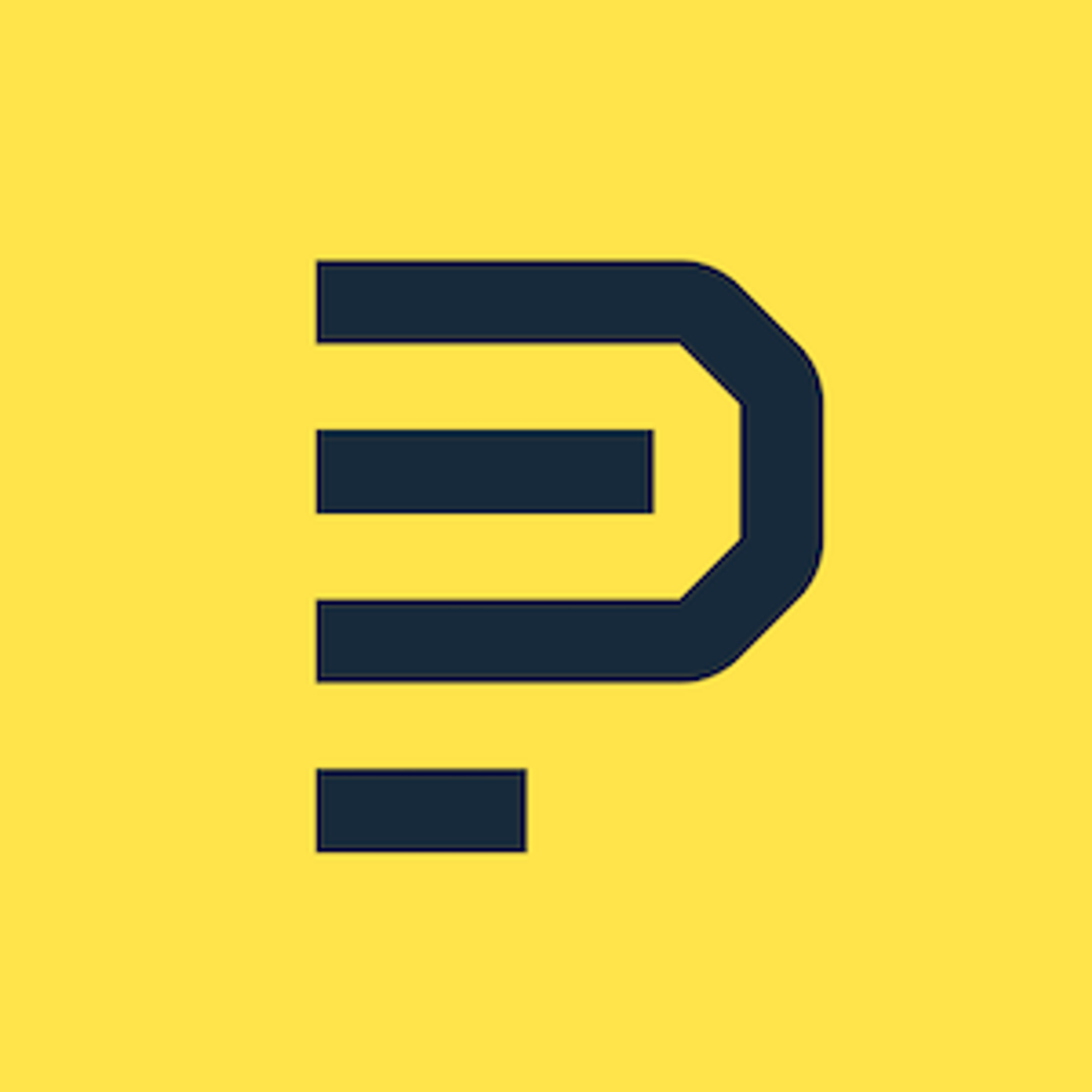
"Here's the secret about launching, people. You can launch multiple times."
Daniel Gross, office hours (video - restricted to Pioneers)
I’m non-technical. How can I build my MVP?
If you’re non-technical and you’re building something without a technical member on your team, you can still validate your idea without coding. If you’re at the point where you need to build a web/mobile application, you have a few options:
- Use no-code/low-code tools. Websites like Bubble, Webflow and Aspect (made by Pioneer Tshepo Mohlala) reduce activation energy for non-technical founders to get started.
- Learn to code. The Internet is a treasure-trove of resources. Robust language documentation, free online courses, YouTube videos and bootcamps.
- Bring on a technical person. You eventually will! Why not sooner than later?
Which features should I prioritize?
Focus on building a product your users will want. Outside of the conventional wisdom, there is one particularly important piece of advice in the earliest days as a founder: if you're stuck on how to prioritize, choose projects you're most energized to work on. They'll help you stay motivated.
"Usually, there isn't a right answer. Usually all of the things you want to build won't work. What you need to do is you need to create a process in your company to build things quickly."
- Michael Seibel (Watch: Building your product)
Should I start building in “stealth”?
Probably not. You may have heard of “stealth-mode” – the idea that companies should build secretively until they're ready to launch, fearing that competitors will steal their work. The biggest threat to your idea isn't your competitors – it's the customers not liking your product. Focus on them.
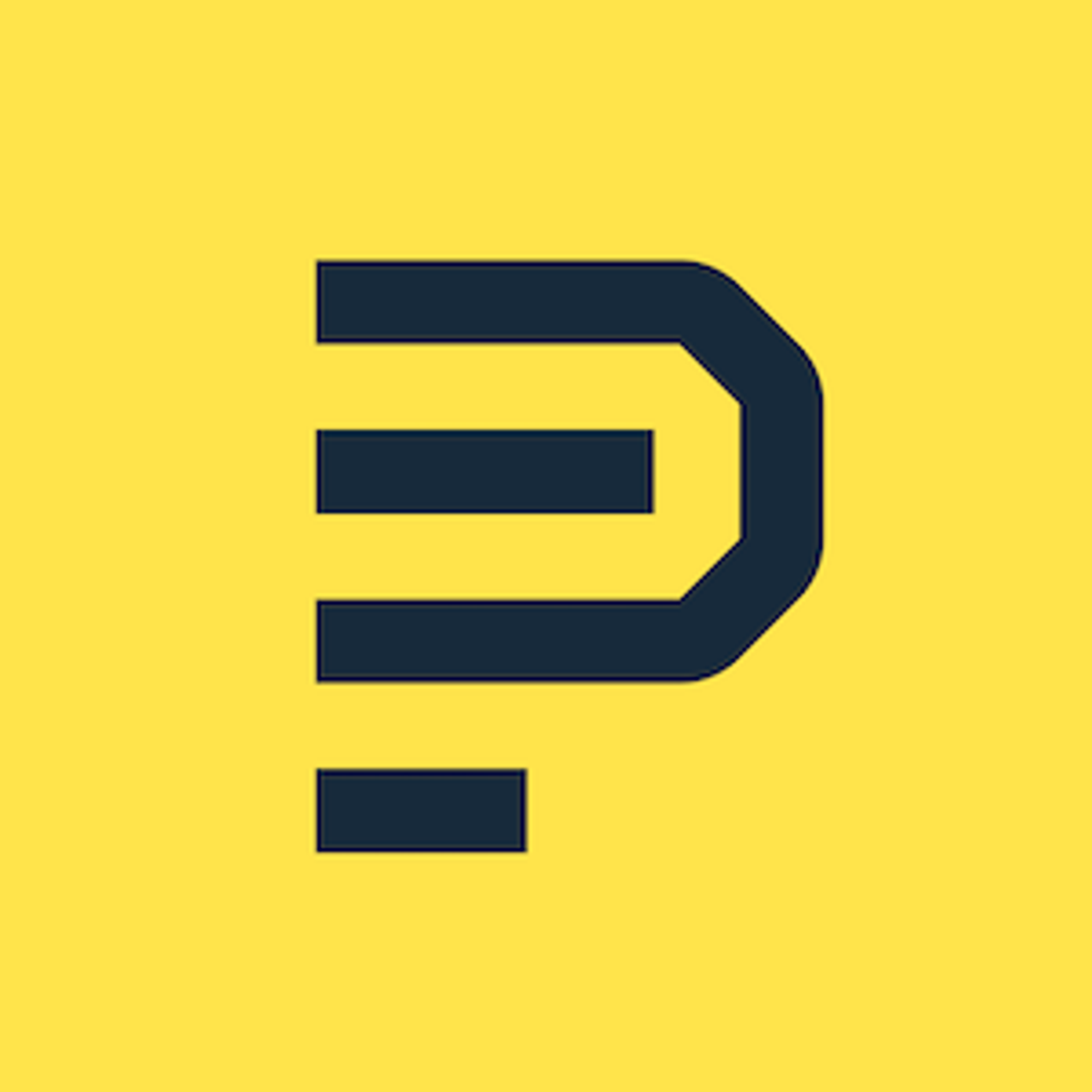
"When in doubt, you should not be in stealth mode."
Daniel Gross, office hours (video)
What if what I'm building isn't good?
"Many great projects go through a stage early on where they don't seem very impressive, even to their creators. You have to push through this stage to reach the great work that lies beyond.
Imagine if we could turn off the fear of making something lame. Imagine how much more we'd do."
- Paul Graham (Read: Early Work)
How do I build great product design?
"The secret to good game design is simple. Set up situations where there is a problem that must be solved and let the user solve it... Adding delight through exploratory learning is the next big revolution in interaction design."
- Daniel Cook (Read: Building a Princess Saving App)
You should also be extremely focused as you build and design your product:
"Pick three key attributes or features, get those things very, very right, and then forget about everything else."
- Paul Buchheit (Read: If your product is Great, it doesn't need to be Good)
How to create a product edge against incumbents?
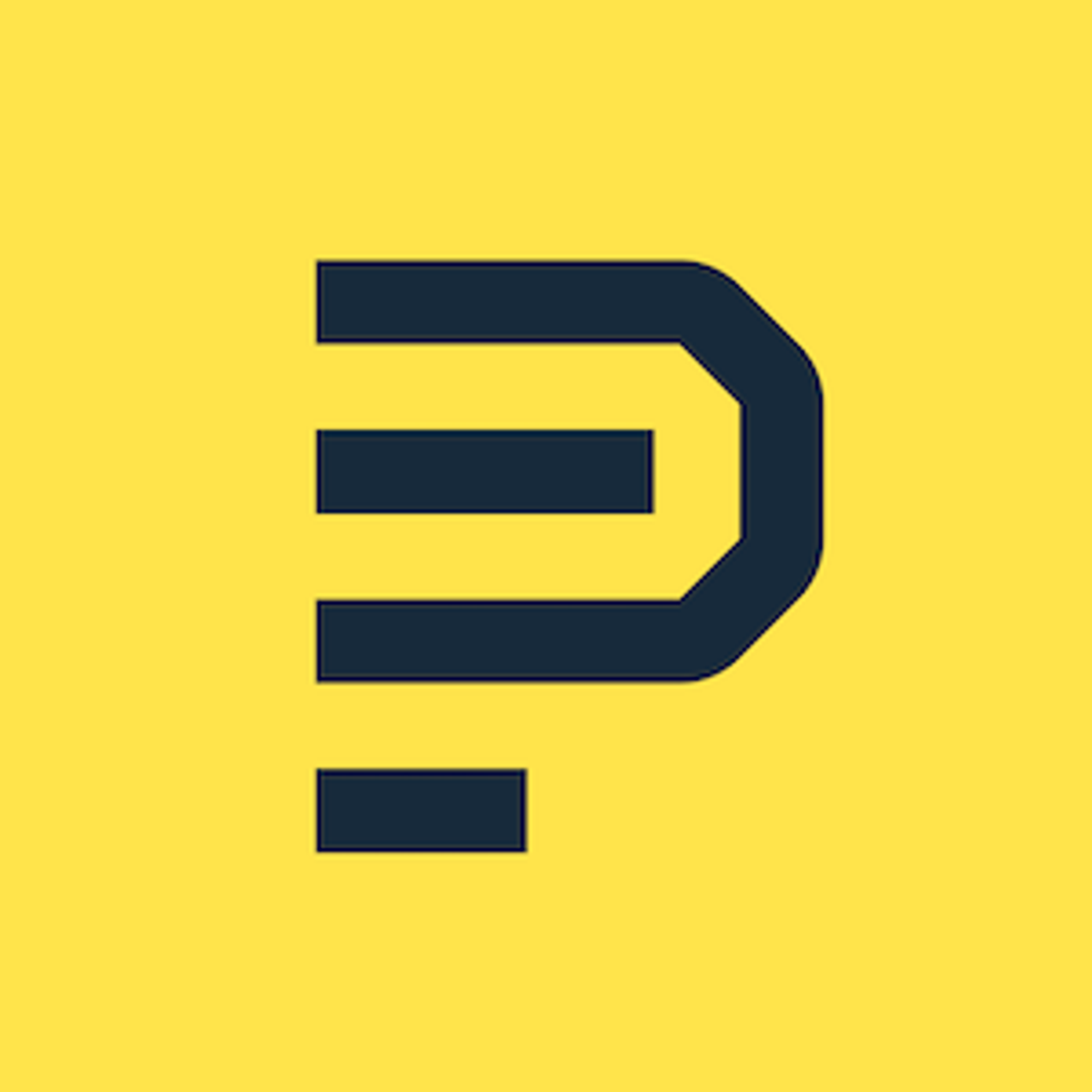
"You need to shift the battle to your turf. You need to compete on some dimension on which it's structurally impossible to compete. Snapchat is a great example of this..."
Avichal Garg, AMA (video - restricted to Pioneers)
What is product/market fit?
"You can always feel when product/market fit isn't happening. The customers aren't quite getting value out of the product, word of mouth isn't spreading, usage isn't growing that fast, press reviews are kind of "blah", the sales cycle takes too long, and lots of deals never close."
- Marc Andreessen (Read: The only thing that matters)
How do I measure product/market fit?
Talk to your users. They will tell you. And when they do, package their sentiment into a quantifiable number. Over time, you and the team work to improve that number.
"Just ask users “how would you feel if you could no longer use the product?” and measure the percent who answer 'very disappointed.'"
- Rahul Vohra (Read: How Superhuman built an engine to find product market fit)
Revenue is also a clear-cut means of determining product/market fit. Then again:
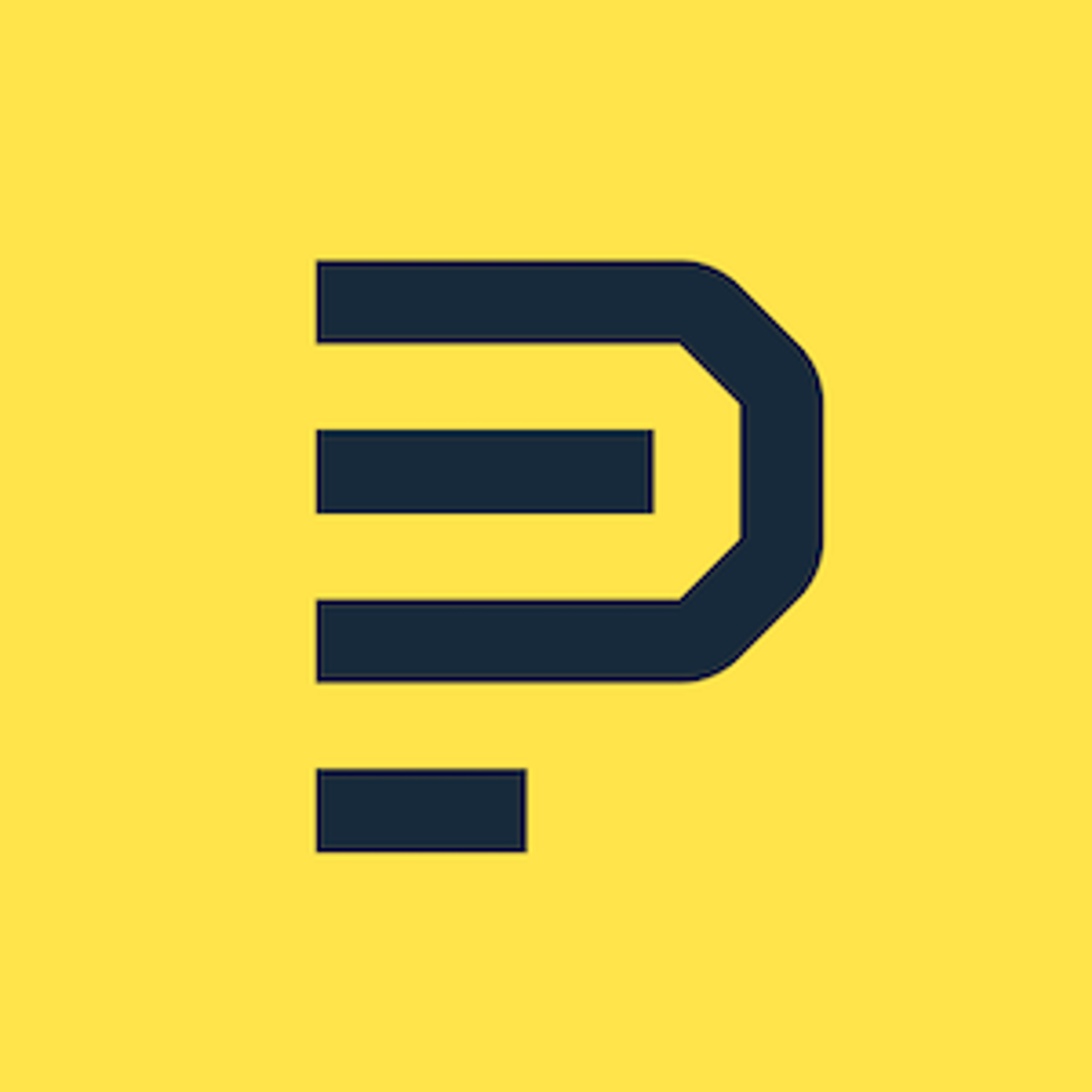
"Growing revenue is the easiest advice to give, not the best advice to give. What you really want is to make the most desired product as quickly as possible."
- Daniel Gross (Read: When “Grow Your Revenue!” Is Wrong)
How do I know if I have product market fit? When should I pivot?
"You can always feel product/market fit when it's happening. The customers are buying the product just as fast as you can make it. Money from customers is piling up in your company checking account. You're hiring sales and customer support staff as fast as you can. Reporters are calling because they've heard about your hot new thing and they want to talk to you about it."
- Marc Andreessen (Read: The only thing that matters)
Lenny Rachitsky shares stories from the founders of companies like Netflix, Uber, Airbnb, Dropbox, and many more in What it feels like when you've found product-market fit:
"To our surprise, users started writing to us asking ‘Can we pay for this??’ They liked it so much they wanted to pay for it. That was the first sign this was going to work."
- Tom Preston-Werner, Github's first CEO and co-founder
"The biggest difference between our ideas pre-PMF vs. when we found it was this feeling of pull. Before we had any sort of fit, it always felt like we had to push our ideas on other people. We had to nag people to use the product. When we hit PMF, we started feeling 'pull' for the first time.”
- Calvin French-Owen, Segment co-founder
"About ten minutes after taking the servers offline, I started getting emails and phone calls from concerned users. What happened to Nextdoor? One user called me in a panic because she needed to contact a neighbor immediately and the directory on Nextdoor was unavailable"
- Sarah Leary, Nextdoor co-founder
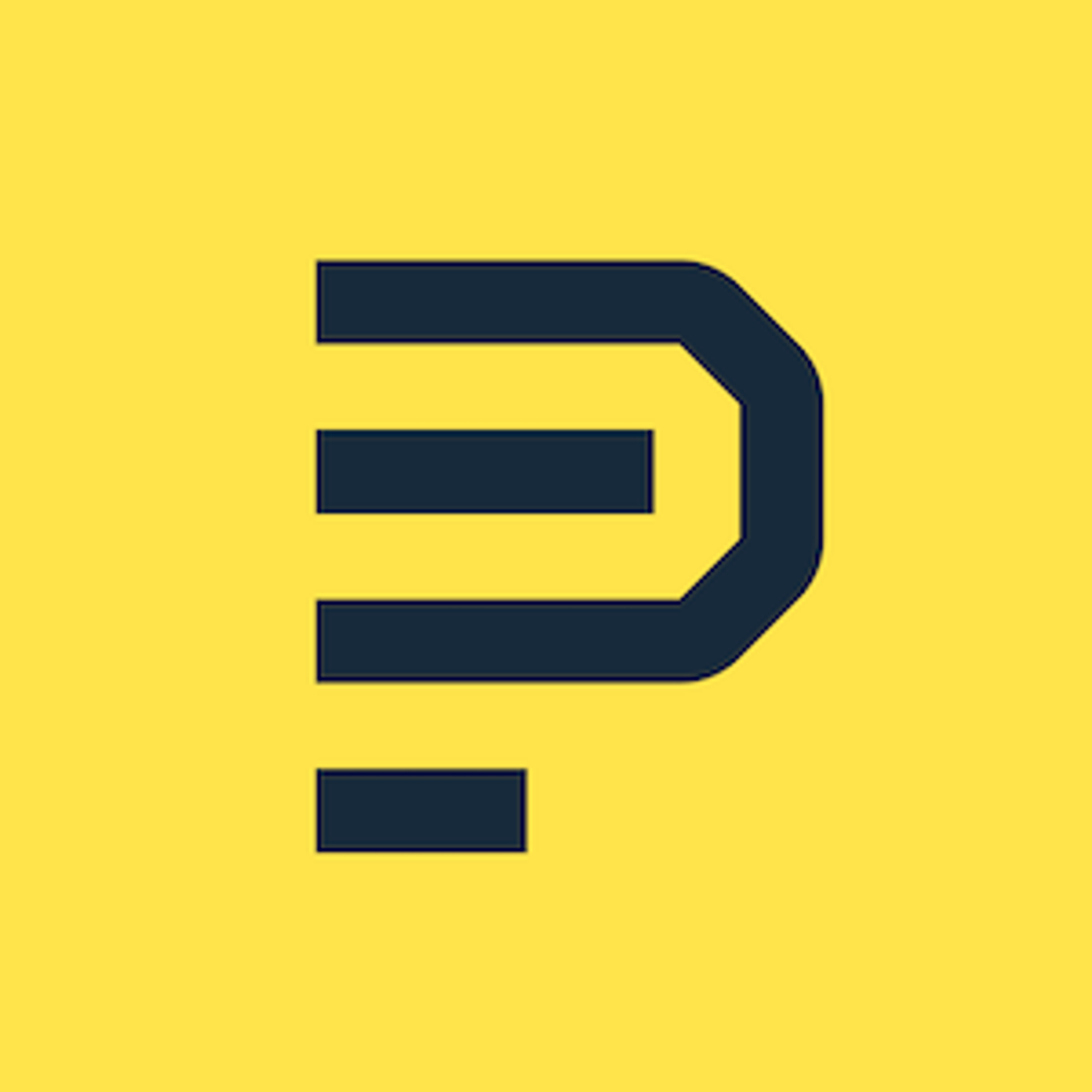
"At a high level, everyone seems to overcomplicate this product market fit thing. You feel it when you have it."
Daniel Gross, office hours (video - restricted to Pioneers)
What are standard metrics I should track?
User growth, revenue and retention are the big three. But be extremely careful not to over-index on metrics. Metrics can consume you and lead you astray if you let them. In the same way that you measure the success of your product, you should also step outside your metrics and routinely scrutinize whether or not they're leading you down the correct path of success.
Neither are your metrics fixed:
"Finally, no matter what stage you’re at as a startup or company with a new product line, expect your North Star Metric to change as your strategy shifts. It will evolve as you learn more about what keeps your team focused, motivated, and building toward the ultimate vision."
- Lenny Richitsky (Read: North Star Metrics)
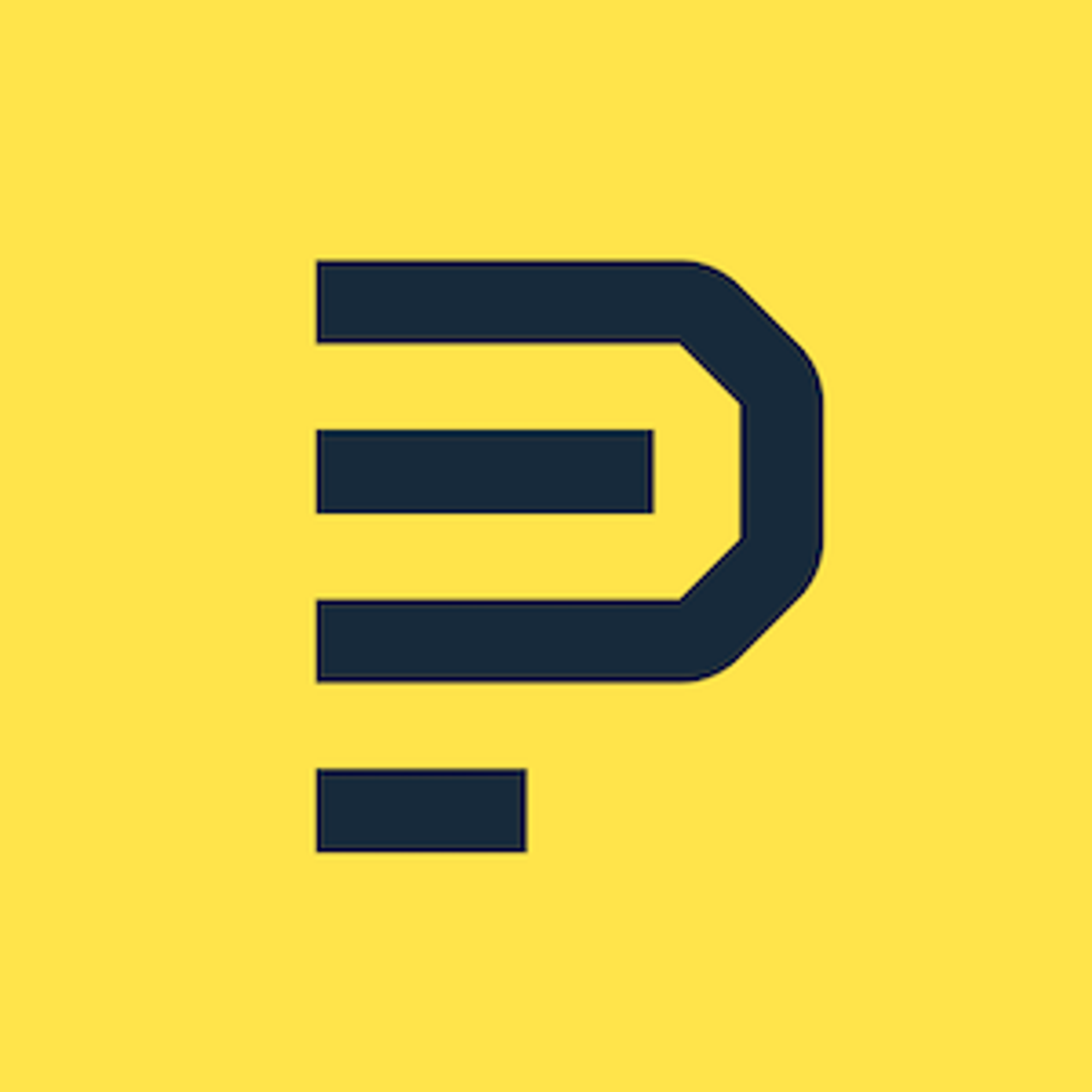
"The common startup advice is to go after revenue. They're mostly right. The reason why that advice is wrong – sometimes you're so early in your project that no one is going to talk to you."
Daniel Gross, office hours (video - restricted to Pioneers)
Should I onboard users 1:1 or create a self-serve product?
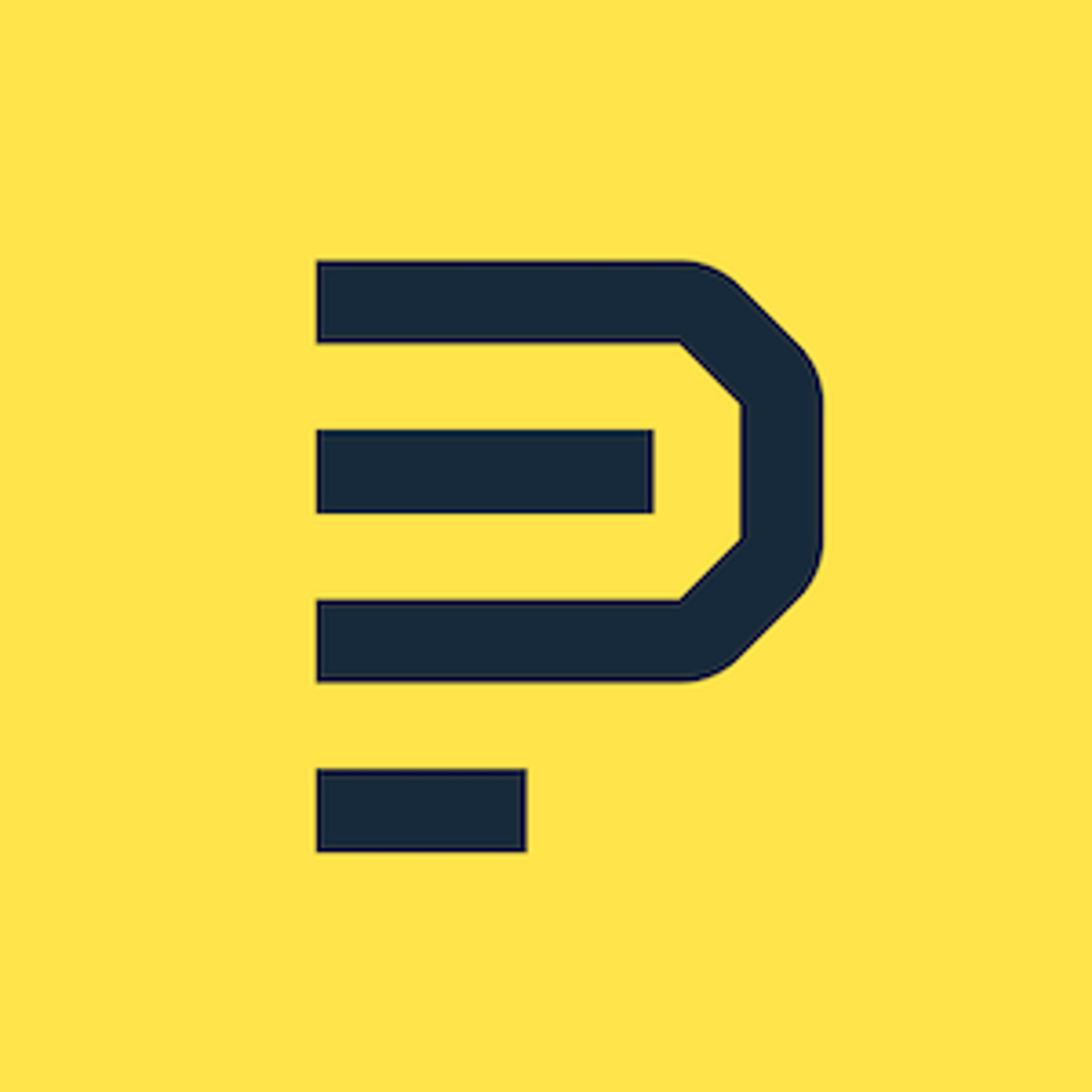
"Sometimes the only way to get a product done is to properly educate customers about it and manufacture that excitement by doing sales."
Daniel Gross on the Retool story, office hours (video - restricted to Pioneers)
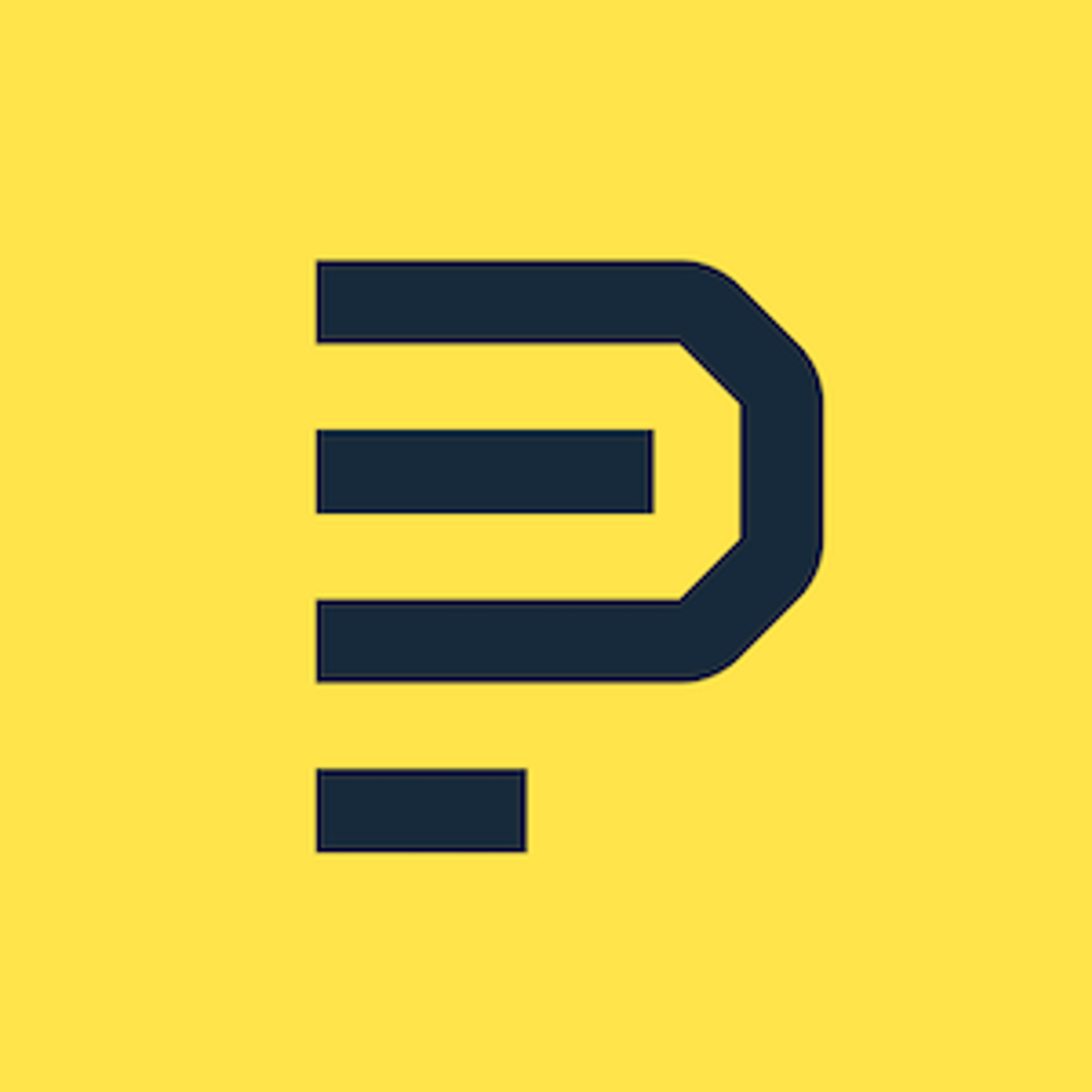
"I think usually everyone overcorrects to building self-serve because it's more fun. But if you can afford to raise your prices enough that you can engineer sales, then you should probably do that."
